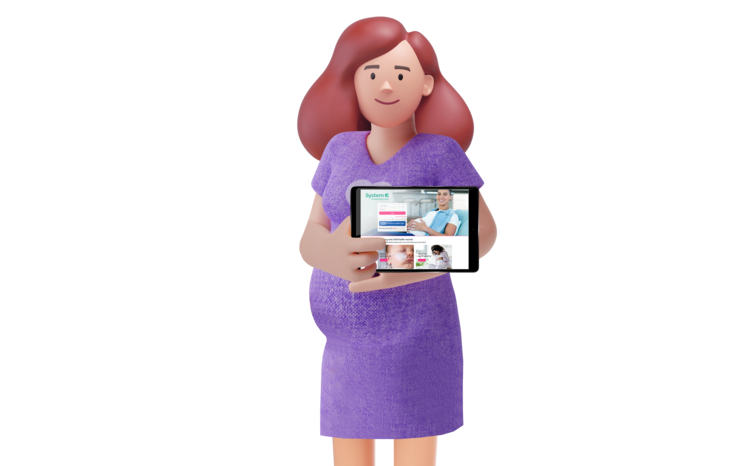Digital halves basic administrative work for London’s child health records
- 3 November 2017

Time spent on basic administration of child health records in London has halved following the introduction of a new digital setup, one of the project’s leaders has reported.
Kenny Gibson – head of public health commissioning for NHS England London region – said one Child Information Services hub had seen a 50% reduction in basic data entry since the launch of a single electronic record across the capital.
Gibson, who was speaking on the second day of EHI Live 2017 at Birmingham’s NEC, explained that Child Information Services (CHIS) staff were now being freed up to do more sophisticated data work.
“They’re more analytical in their skills,” he said. “They’re more sourcing deviation and variation of data, so they’ve become a more critical eye on the data.
“We even [used to have] two full time van drivers who spent all day every day driving round London in vans with child health records.
“They’ve come in, they’ve learned computer skills, and they’re part of this growing world of digitally analysed child health record departments.”
As Digital Health News reported earlier in the year, 18 separate child record systems from four suppliers have recently been replaced with a single pan-London electronic patient record solution.
The System C CarePlus solution creates one record for each child in the capital, which includes basic demographic information as well as clinical details such as vaccination records.
It integrates with a variety of other software solutions.
Gibson said the consolidated record means “more robust and evidence-based assurance, and data in hours rather than in weeks or months or years or never”.
He said that point had been brought home by the disastrous fire at Grenfell Tower earlier this year.
“Within six hours of Grenfell, our CHIS hub, along with System C, was able to produce a definitive list of every child or young person under 19 who’d been resident at those postcodes in the last six months.”
He explained each of the four CHIS hubs – which replaced 23 previously separate services – used the money saved as part of QIPP to procure the new technology.
Savings made under the nationally-mandated Quality, Innovation, Productivity and Prevention programme typically flow back to the centre.
“In NHS England London region we allow our four commissioned hubs to keep their QIPP money. They invest it in purchasing the technology on behalf of the taxpayer.”
He suggested those seeking to emulate London’s work might consider a similar setup.
He also encouraged colleagues to draw on the work done in the capital on data sharing agreements for child health records.
“We’ve developed a suite of seven data sharing agreements that have been dilligently reviewed, and badged by the information commissioner. Do not start writing a data sharing agreement yourself,” he urged delegates.
The work in London is in line with the national digital child health transformation programme, through which it is envisaged child information services “will know where every child is and how healthy they are”.
It is also anticipated it will be easier to share information between all those involved in the care of children.
The aim is to avoid failings such as the deaths of Victoria Climbié – who was murdered by her guardians in 2000, despite repeated contact with multiple public services – and Baby P, who suffered more than 50 injuries over a six month period in which he was repeatedly seen by social and health care services.
In the West Midlands, a region-wide electronic child record went live late last year. A similar setup is being created in Southern England, as reported by Digital Health News back in April.




